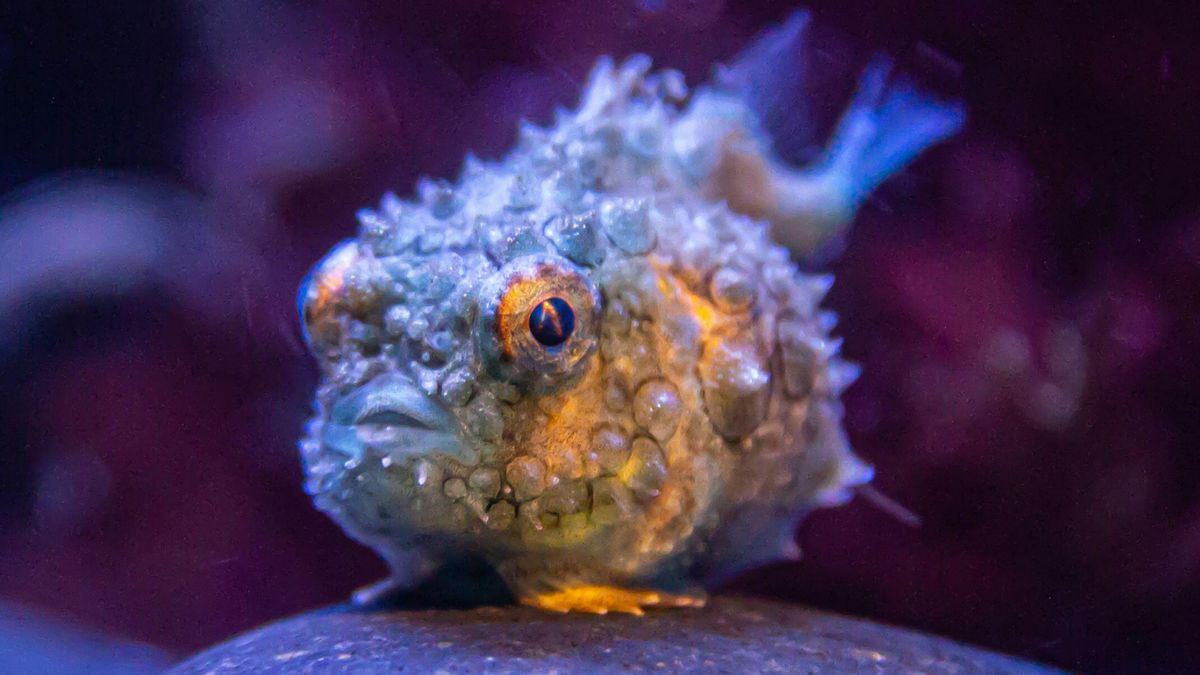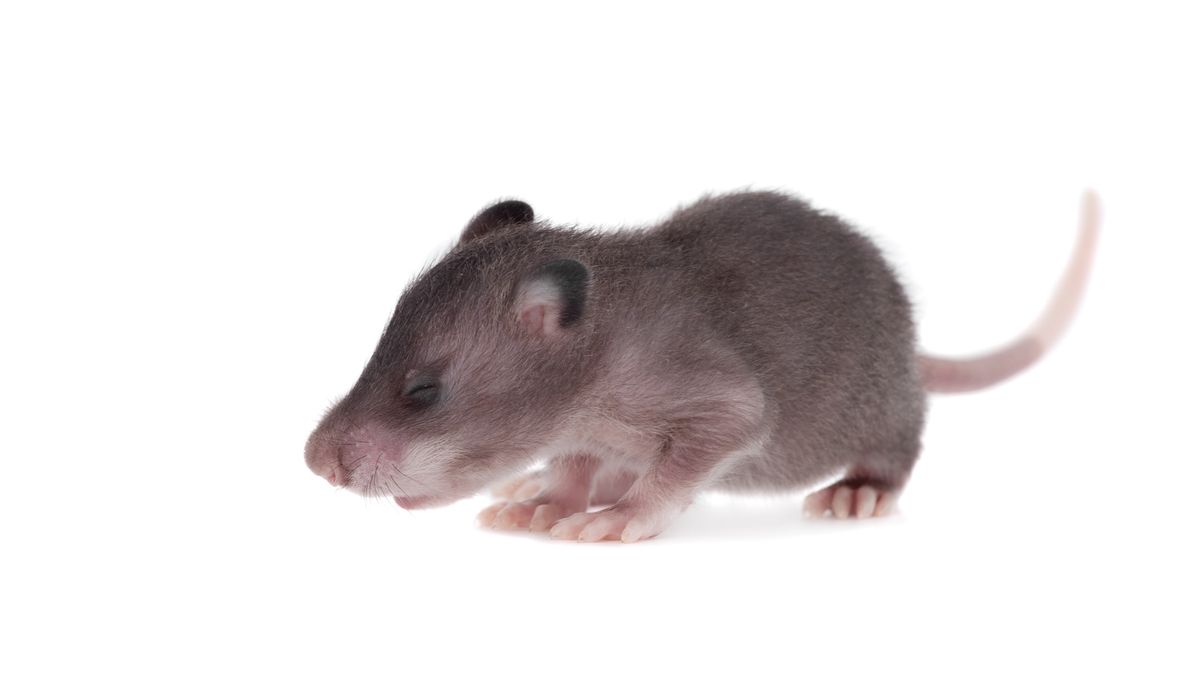Now Reading: Pacific Spiny Lumpsucker: The Cute Fish with a Unique Suction Cup
-
01
Pacific Spiny Lumpsucker: The Cute Fish with a Unique Suction Cup
Pacific Spiny Lumpsucker: The Cute Fish with a Unique Suction Cup

quick Summary
- Species: Pacific Spiny Lumpsucker (Eumicrotremus orbis).
- Habitat: Coastal waters of the northern Pacific, spanning from Washington to Japan and the Bering Sea.
- Size: The smallest among 27 lumpfish species, measuring 1 to 3 inches (2.5-7.6 cm).
- diet: Feeds on small fish, jellyfish, crustaceans, ctenophores, and polychaetes.
- Special Adaptation: Possesses a pelvic fin evolved into a suction cup made of enamel (similar to human teeth), enabling attachment to rocks or other surfaces in strong currents.
- Defense Mechanism: Adults develop enamel bumps (odontodes) in spiral rows for protection; juveniles lack these initially.
- Reproductive Behavior: Males establish territories for egg fertilization and guard embryos until hatching; females depart post-laying eggs.
- Distinctive Coloration & Glow:
– Males are red under normal light and glow red under UV rays.
– Females are green-to-brown without UV-induced glow.
!Image
Pacific spiny lumpsuckers have tiny fins they must flap furiously to move.
!Image
Suction cup underside made of enamel – same as human teeth.
Indian Opinion Analysis
The adaptation displayed by the Pacific spiny lumpsucker illustrates evolution’s ability to shape species uniquely suited for their environments-in this case, surviving coastal tidal currents using suction discs. for india-a maritime nation with notable marine biodiversity-studying such ecological adaptations might offer insights relevant for sustainability practices like preserving coastal ecosystems.
Further observation could inspire innovations across fields ranging from bioengineering (e.g., adhesive technologies mimicking biological designs) to climate resilience strategies where understanding robust marine life can inform conservation efforts around India’s complex coastlines.
Such peculiar instances also serve as reminders of nature’s richness amidst increasing environmental pressures globally-and call attention toward active research needed in Indian waters for lesser-known endemic species exhibiting equally unique traits.

























